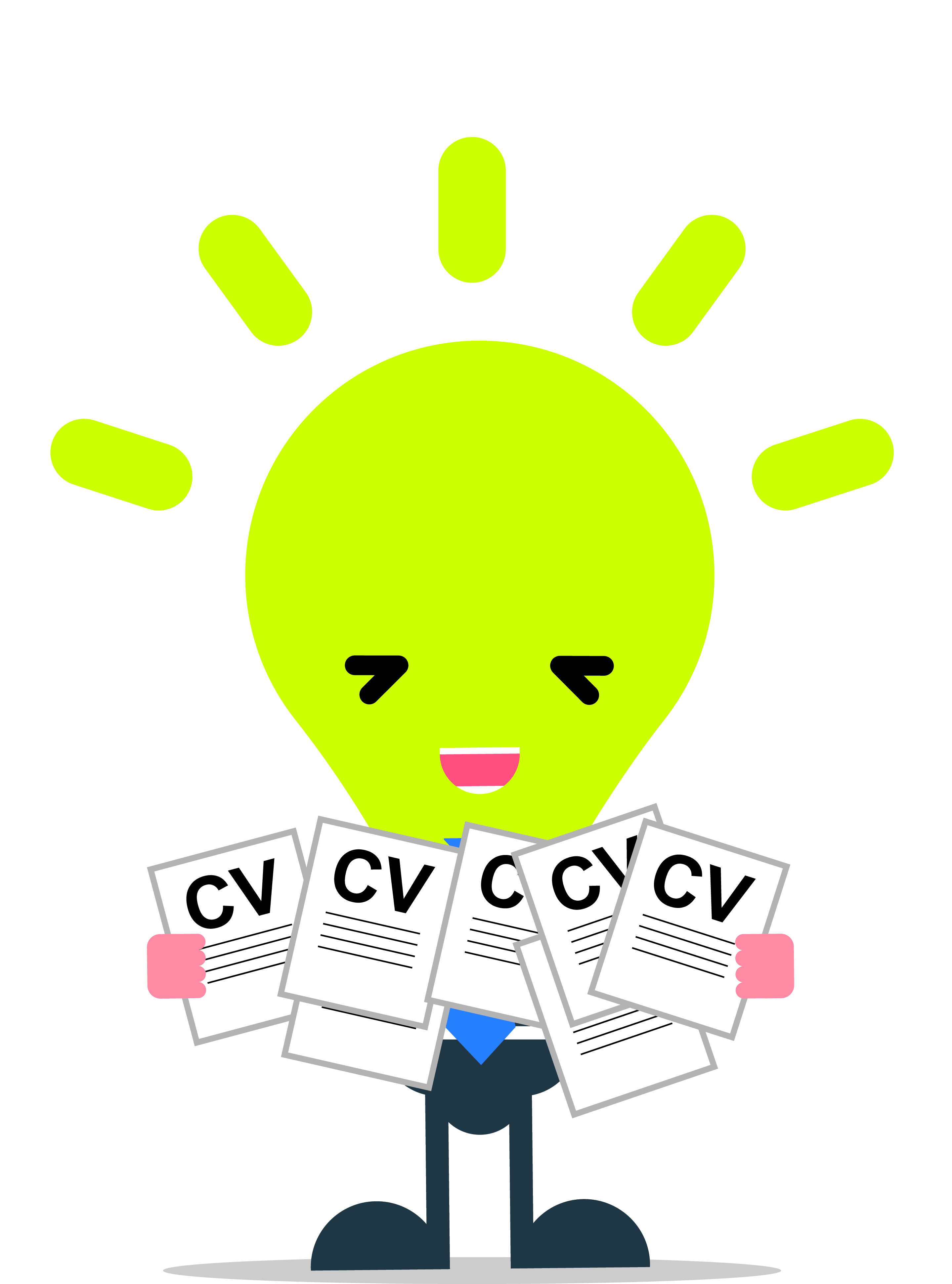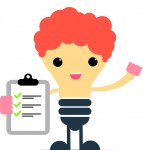It’s rolling round to that time of year – in Careers & Student Opportunities we are seeing a steady increase in the number of CVs, cover letters and personal statements sent in for our feedback.
Are you one of the students making the most of this service? Or are you still worried about how to write your cover letter in the first place? Don’t panic if that’s you – we can help!
We know it can be daunting, and it’s easy to fall into the trap of submitting the same standard letter for every job application – if they manage to write one at all! But you should be writing a new cover letter for every job you apply for, and you should be using it as another opportunity to sell how amazing you are to each employer.
So – read on for some hints and tips to make the application process that little bit easier.
1. The Look
How your cover letter looks is crucial: this is the first thing a prospective employer will see. You need to have your details (name, address, email and phone number) in the top right hand corner then place the employer details on the top left corner, starting slightly below where your details start (they should not be directly opposite each other). For a visual example, the Citizens Advice Service have developed a letter-writing guide you can access by clicking this link.
Now for the main content. Your cover letter should be made up of three/four paragraphs with a clear introduction, middle and end. Your cover letter should only take up one page so you’ll need to keep points clear, brief and relevant. Tell them why you have applied for their position, what skills and experience you have that is relevant to their role, and at the end it is often a good idea to tell them what you would like to happen next – ‘I look forward to hearing from you’ is a reasonable ending.
Formatting tip! Your CV and cover letters are part of the same document, so make sure the font and text size are the same.
2. The Hello
Don’t let your salutation (who you address the letter to!) trip you up. Where possible, always address your letter to a named person – hopefully the person who will be reading it. Some companies will provide a name on the advert to make your life easier, but other companies may not. This is more likely to be true where you have found the job role on a job site like Indeed or TotalJobs, and means you will need to do some research. You could try the company website, contacting the HR department or looking on LinkedIn.
If you really can’t find the right person, here are two options:
- Dear Sir/Madam is a traditional address. It is still often used, but could be perceived as slightly outdated.
- Dear Hiring Manager or similar is an increasingly popular option you might want to consider.
Avoid! ‘To whom it may concern.’ It is quite broad and could give the impression you haven’t done your research into the company.
3. The Introduction
It is important to grab the reader’s attention straightaway. A lot of job applicants will be in the same position as you and most are likely writing similar things. You need to show your originality and make an impact from the start.
Your introduction acts in much the same way as the first paragraph in a newspaper article, summarising the longer story below. It can be helpful to see if you can answer three questions in your introduction:
- Who are you? (A recent graduate? A current student? What is your subject?)
- What do you want? (‘currently seeking a graduate level position in the [?] sector…’)
- Why should the hiring manager read the rest of your letter and CV? This is your Unique Selling Point: do you have experience in that field already? Does any of your degree fit in with the skills they are looking for?
Whatever your USP is, put it in your introduction and develop a strong example further down the application.
4. The Middle
Now you’ve introduced yourself, you need to evidence your key skills by providing an example (or examples) which shows you are capable of the position you are going for. Think back to a few specific activities you have carried out whilst in past employment/volunteering which truly highlights what an asset to the company you would be.
Best cheat! Read the Person Specification carefully and ensure your examples line up with the skills the employer is looking for.
If a specific criteria for the job was ‘Problem-solving skills’ you could write about an example where you overcame a problem e.g. assisting a customer who wanted a piece of clothing which was sold out by sourcing it from another store for them. Or how you met your sales target by delivering excellent customer service skills and your communication skills to persuade the customer to buy the product. In each example be clear:
- Context: say exactly what the situation was
- Action: say what you did to positively influence the situation
- Result: what was the outcome? How did the customer/manager react?
The middle section is also a good place to include a paragraph about the company you are applying to – why do you want to work for them? Are they leading in the field, are they a challenger of another company, do you like their company values and ethos? This is another chance for you to prove you have researched them, and makes it clear that this is not a generic cover letter sent to a bunch of jobs.
Quick tip! If you’re not sure how to research a company, remember you can use the tools in Manage Your Future to help.
5. The Conclusion
This should be the shortest paragraph of the cover letter. Aim to complete these three things in this paragraph:
- Invite the hiring manager to look at your CV
- State your interest to meet and speak with the company during an interview
- Thank them for the opportunity and for taking the time to read your application.
Conclude the letter with ‘Yours Faithfully’ if you do not know the name of the person you are writing to. If you do know the name of the person end with ‘Yours Sincerely’.
6. Proof read the cover letter
It is so important after spending a lot of time crafting the cover letter to make sure there are no silly mistakes which could mean your application is rejected – especially spelling the name of the employer wrong! Once you have checked the cover letter ask a friend, family member or… careers adviser to double check it for you.
An excellent cover letter will pay attention to detail, cleverly show the employer they have the skills the company is looking for through well written, detailed examples and show a genuine passion for the position available. Careers & Student Opportunities can review any cover letters for you as long as we have a little bit of notice and a copy of the job description which you are applying for. Good luck!!
Jess
p.s. here are some more places you can go for help:
Manage Your Future, for interactive tools and articles about writing impressing applications
Our Events Calendar, for workshops and events to help you present yourself
Come to a drop-in or e-mail us if you need more advice!





I have to thank you for the efforts you have put in writing this blog. I am hoping to check out the same high-grade content from you in the future as well. In fact, your creative writing abilities has encouraged me to get my own blog now 😉